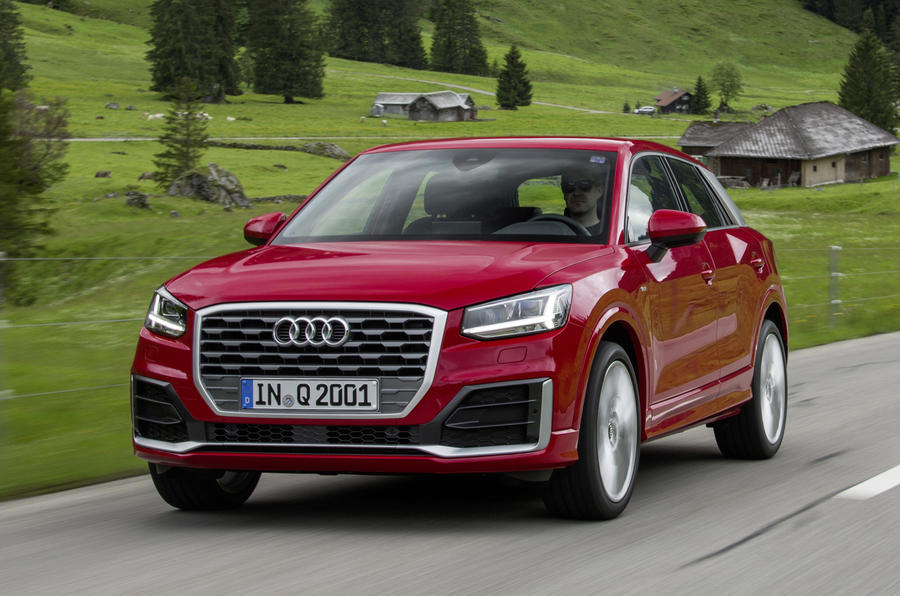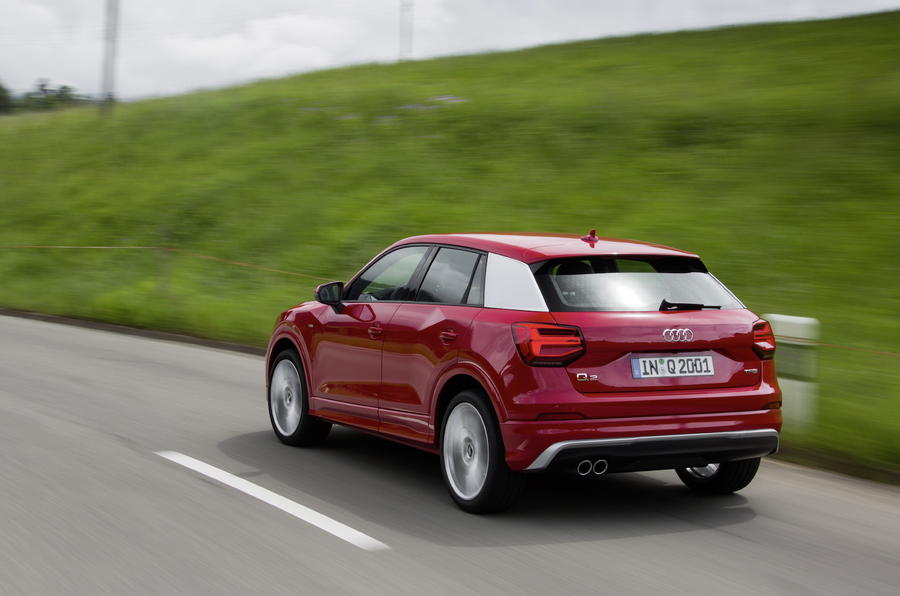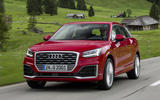What is it?
It’s unlikely that I’ll need to do much in the way of explanation here. As you may have guessed from the combination of letter and number stuck to the back of this particular vehicle, the Audi Q2 is the smallest SUV from the German brand famous for quattro, squishy interior plastics and winning at Le Mans. A lot.
Sitting beneath the Q3 and above the A3 Sportback in the Audi line-up, the Q2 is based on the VW Group's ubiquitous MQB platform. That means a fairly simple semi-independent rear suspension for front-wheel-drive models and a fully independent multi-link set-up for those with four-wheel drive.
Under the bonnet is anything from a 114bhp turbocharged 1.0-litre triple up to a turbocharged 2.0-litre four-pot unit with 187bhp. If you’re after a diesel, you can have a 1.6 TDI with 114bhp or the familiar 2.0 TDI with 148bhp.
Those on the Continent get a more potent version of the bigger diesel engine, something we’re denied - for the moment at least. We’re testing the model that Audi thinks will be most popular in Blighty: the petrol 1.4 TFSI.
What's it like?
Like the 2.0 TDI we get in the UK, the 1.4 TFSI comes with a power output of 148bhp, which is fed through a six-speed manual or seven-speed dual-clutch automatic gearbox. You also have the option of front or four-wheel drive.
Thanks to a healthy 184Ib ft of torque and the rapid gearchanges of the S tronic auto ‘box, the Q2 can scamper to 62mph from rest in a respectable 8.5sec. It’s easy to get up to motorway speeds, and overtaking isn’t too strenuous. The engine can be a little coarse over 5000rpm, but you won’t have to push that hard too often.
To help both fuel economy and emissions, the 1.4 TFSI gets 'cylinder on demand' technology that uses only cylinders one and four to power the car under light loads. Like in other applications, you’re blissfully unaware of when it’s working; the engine sounds the same and there’s no additional delay in throttle response.
All Q2s come with what Audi calls ‘progressive’ steering: a passive, variable-ratio system that quickens the rack the more lock you put on. Although assistance is reduced as speed increases, the rate at which the steering quickens is always the same. This means it’s easy to judge how much armwork is needed regardless of your velocity or the severity of the corner. It’s certainly much better than active systems that continuously vary the steering ratio. Just don’t expect much feedback.
Once you’ve put some lock on, the Q2 turns in to corners crisply for a small SUV. Body roll is well contained and there’s plenty of grip. It feels agile but is unlikely to quicken your pulse too much. Our S line test car benefited from adjustable dampers that could be firmed up noticeably in Dynamic mode. This does transmit a fair few of the road’s imperfections into the cabin, though.
Even in Comfort mode, the Q2's suspension feels firm. To its credit, it’s never uncomfortable and body control is good. Sadly, Swiss roads are far too smooth to accurately predict how it’ll do on UK asphalt; we suspect that you’ll certainly feel expansion joints and shabby surfaces but that it’ll be bearable.



























Join the debate
Add your comment
Yet more VAG marketing-led tat
Choice
Another case of Audi trying
They basically have a complete range of "regular" cars and now a complete range of SUV's. Where next Audi?